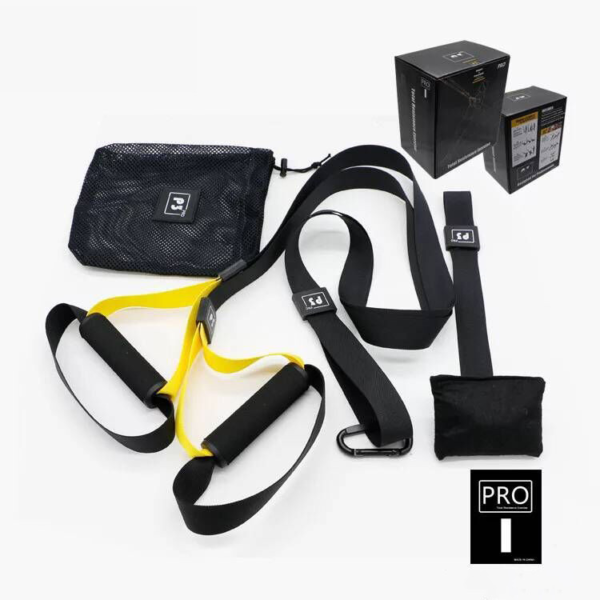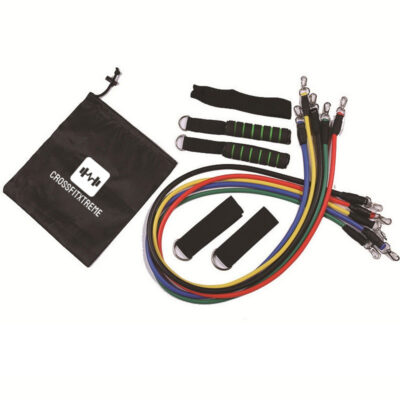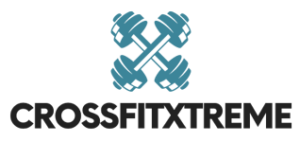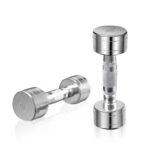Description
Including:
1.P1 main belt, not adjustable, length of 130cm
2. High-strength flat hook
3. Mesh bag
4. Door ankle
5. Instructions
6. Color box
7.High-density foam handles
How to choose Suspension Trainer training for training?
Beginner (Pro1): This level focuses on basic exercises and foundational movements, introducing individuals to the suspension trainer and proper form. Exercises may include suspended rows, assisted squats, chest presses, and plank holds. The goal is to build strength, stability, and familiarity with the equipment.
Intermediate (Pro2): At this level, individuals have gained experience and confidence with the suspension trainer. The program introduces more challenging exercises and movements that require greater balance and control. Examples include single-leg squats, suspended push-ups, hamstring curls, and suspended mountain climbers.
Advanced (Pro3): Advanced suspension training programs incorporate complex, multi-joint exercises that challenge the entire body. These workouts may include pistol squats, suspended pikes, single-arm rows, and atomic push-ups. Participants should have a strong foundation in suspension training and be able to maintain proper form throughout the exercises.
Elite (Pro4): This level is designed for athletes or experienced fitness enthusiasts looking to push their limits. The program features high-intensity, sport-specific, or functional training exercises that require exceptional strength, balance, and coordination. Exercises may include advanced plyometric moves, explosive power exercises, and dynamic rotational movements.
The benifits of Suspension Trainer Training for training
The benefits of suspension trainer training programs at various levels (Pro1 to Pro4) can be categorized based on their complexity and intensity. As individuals progress through these levels, they can experience a wide range of physical and mental benefits. Here are some benefits associated with each level:
Suspension Trainer Training Pro1 (Beginner)
- Improved familiarity with the suspension trainer and proper form.
- Development of foundational strength in major muscle groups.
- Increased joint stability and mobility.
- Enhanced balance and coordination.
- Gradual introduction to bodyweight exercises, reducing the risk of injury.
Suspension Trainer Training Pro2 (Intermediate)
- Continued development of strength and muscle tone.
- Greater emphasis on balance, flexibility, and core stability.
- Introduction to more challenging exercises and movements.
- Improved functional fitness, which can translate to daily activities and sports.
- Increased caloric expenditure for weight management or fat loss.
Suspension Trainer Training Pro3 (Advanced)
- Enhanced athletic performance through complex, multi-joint movements.
- Increased power, agility, and speed.
- Development of a strong, stable core, which can help prevent injuries.
- Greater muscle activation and recruitment due to challenging exercises.
- Improved mental focus and determination as exercises become more demanding.
Suspension Trainer Training Pro4 (Elite)
- Maximization of strength, power, and endurance.
- Sport-specific or functional training tailored to individual goals and needs.
- Further development of advanced skills, such as plyometric and explosive movements.
- Increased mental resilience and discipline required for high-intensity workouts.
- Potential for enhanced athletic performance in competitive sports or events.
As individuals progress through the levels of suspension trainer training, they can expect to experience increased strength, balance, flexibility, coordination, and overall functional fitness. Additionally, progressing through these levels can boost mental resilience and discipline, making it easier to tackle challenging workouts and achieve personal fitness goals.
How to set plan with Suspension Trainer Training
Setting plan for suspension trainer training programs (Pro1 to Pro4) can be designed to suit individual needs, preferences, and fitness levels. Here are some ways to personalize each level of the training program:
Suspension Trainer Training Pro1 (Beginner)
- Modify exercise intensity by adjusting the angle of your body relative to the anchor point.
- Choose exercises that cater to your specific fitness goals, such as targeting upper body, lower body, or core muscles.
- Adjust the duration and frequency of your workouts based on your schedule and fitness level.
- Incorporate additional stretching or mobility exercises to enhance flexibility and recovery.
Suspension Trainer Training Pro2 (Intermediate)
- Introduce new exercises or progressions that challenge your balance and coordination.
- Combine suspension trainer exercises with other forms of training, such as resistance bands or bodyweight exercises, for variety and additional challenge.
- Implement supersets or circuit-style workouts to increase intensity and cardiovascular endurance.
- Set specific performance goals, such as mastering a particular exercise or increasing the number of repetitions.
Suspension Trainer Training Pro3 (Advanced)
- Focus on advanced exercises that require significant strength, balance, and stability.
- Experiment with different tempos, such as slow, controlled movements or explosive power exercises.
- Incorporate unilateral exercises to address muscle imbalances and improve overall stability.
- Design workouts that mimic the movements and demands of your chosen sport or activity.
Suspension Trainer Training Pro4 (Elite)
- Develop sport-specific or functional training programs tailored to your unique goals and requirements.
- Utilize advanced techniques, such as plyometrics, isometric holds, or eccentric loading, to maximize performance gains.
- Incorporate periodization strategies to optimize training adaptations and prevent plateaus.
- Monitor and track your progress through performance testing, ensuring that your training remains effective and goal-oriented.
By setting plan for your suspension trainer training program, you can ensure that it aligns with your personal fitness goals, preferences, and abilities. Always prioritize proper form and safety when making adjustments to your program, and consider consulting with a fitness professional for guidance and personalized recommendations.








